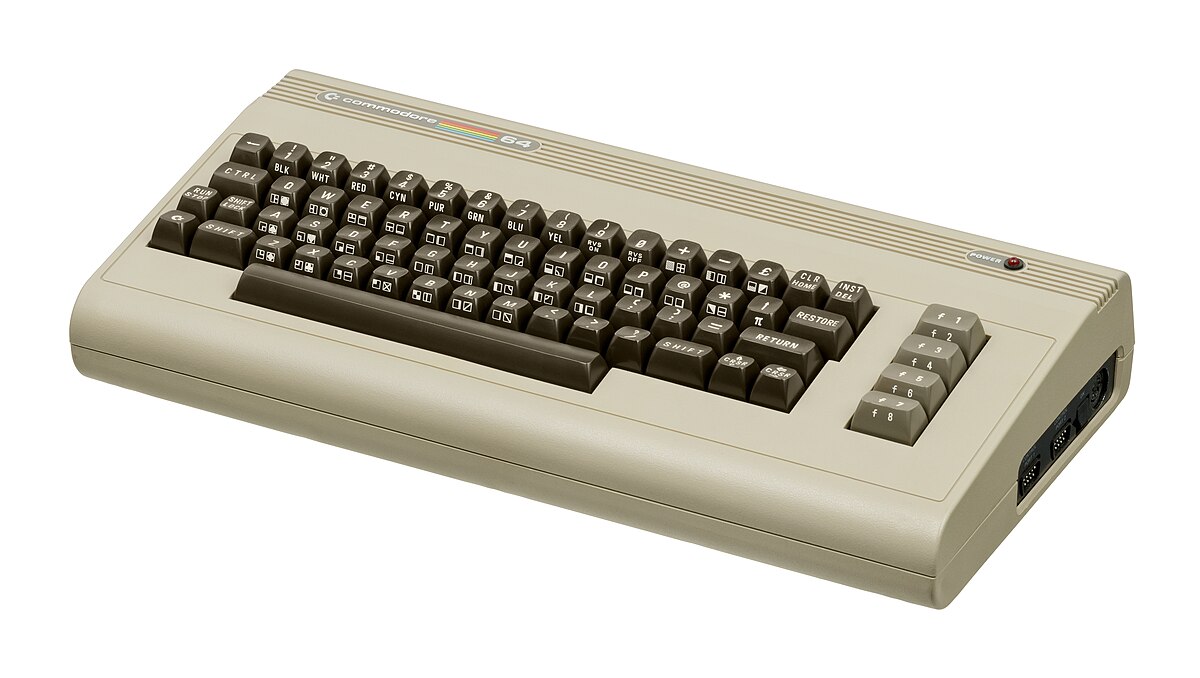Here we go again with Apple trying to patent something that isn't even remotely a new idea. Commodore did it back in the 80s to great success.:
Not quite. As I explained, the key difference set forth by Apple's claim 1 is that there is a single power/IO port. The VIC-20 had multiple external ports. From Wikipedia:
"The VIC-20 has card edge connectors for program/expansion cartridges and a PET-standard Datassette tape drive. The VIC-20 did not originally have a disk drive; the VIC-1540 disk drive was released in 1981.
There is one Atari joystick port, compatible with the digital joysticks and paddles used with Atari VCS and Atari 8-bit family;[24] a serial CBM-488 bus (a serial version of the PET's IEEE-488 bus) for daisy chaining disk drives and printers; a TTL-level "user port" with both RS-232 and Centronics signals (most frequently used as RS-232, for connecting a modem[25]).
The VIC has a ROM cartridge port for games and other software as well as for adding memory to the machine. Port expander boxes from Commodore and other vendors allow more than one cartridge to be attached at a time. Cartridge size ranges from 4–16 KB[2] in size, although the latter was uncommon due to its cost.
The VIC-20 can be hooked into external electronic circuitry via joystick port, the "user port," or the memory expansion cartridge port, which exposes various analog to digital, memory bus, and other internal I/O circuits to the experimenter. PEEK and POKE commands from BASIC can be used to perform data acquisition from temperature sensors, control robotic stepper motors, etc."
Apple will have no difficulty distinguishing any of these kinds of examples with mulitple ports, standing alone. If you want to take down this patent application, you'll need think in terms of combining something like this, which has the core concept of a keyboard housing all of the relevant components of a computer--CPU, memory, drive, etc. etc. with single power/IO interfaces available prior to 2019, I.e., Lightning or USB-C. The argument is minimizing the number of ports on a device is a standard design concept to reduce manufacturing cost and complexity. We see this on Apple's iPhones already (e.g., ditching the headphone port). It is thus obvious to combine the design concept of the Commodore VICs with the Lighting interface.
As to claims 13 and 17, from the images I've seen of the internals, it does not appear to have a fan, though it arguably has something that could act as a thermally conductive material for cooling the CPU.
Like I said, if you want to do more than yell about this, then take action and submit prior art to the USPTO along with the kinds of arguments I'm suggesting.



